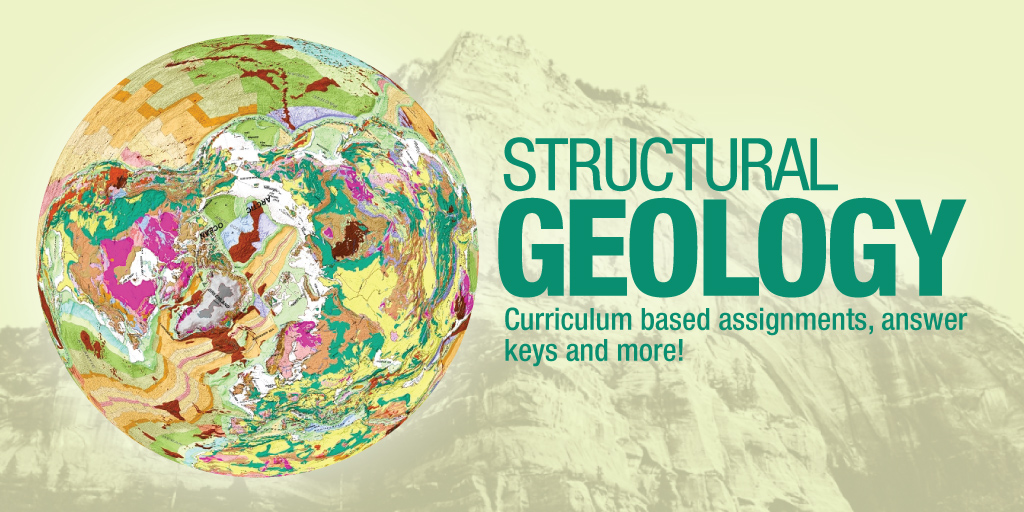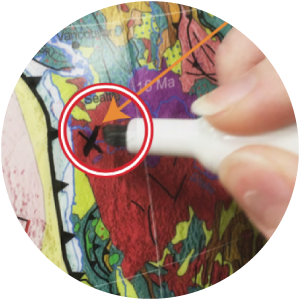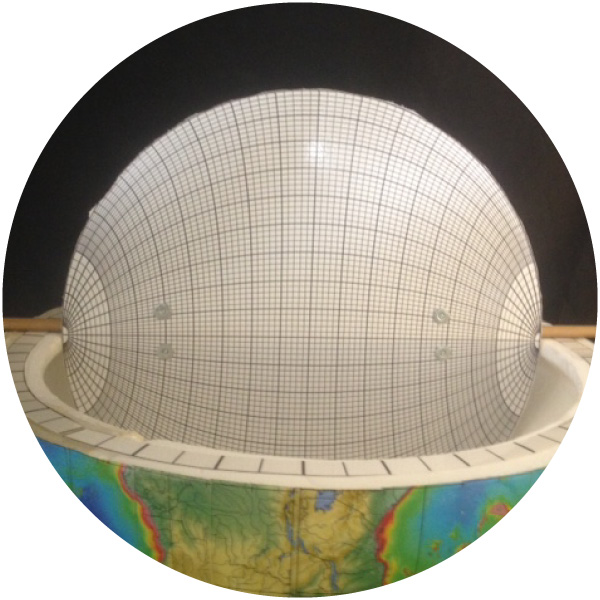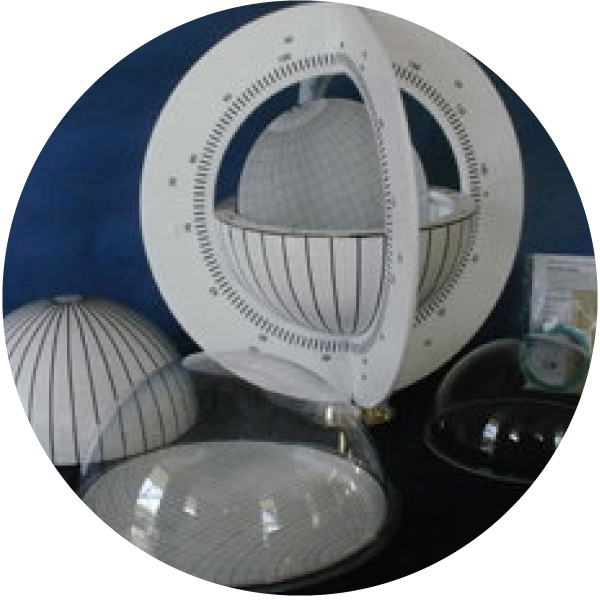Structural Geology

by Sarah Bremmer
Instructors please EMAIL for answer key.
Investigating the Seven Summits student copy
by Will Robertson
Instructors please EMAIL for answer key.

Geological Globe Activity
Students used the Geological Globe to evaluate where the plate tectonic boundaries are, and assess what motion is: CONVERGENT, DIVERGENT, or TRANSFORM. Each boundary was colored in a different color on the Globe. The process of Plate Tectonics was introduced as a process which has fundamentally re-shaped, re-worked, and re-surfaced the Earth throughout geological time. Following boundary identifica- tion, the students discussed which features were associated with those boundaries (e.g. earthquakes, tsunamis, volcanoes) and sketched the 2-D nature of the boundary at depth.
The process of Plate Tectonics was introduced as a process which has fundamentally re-shaped, re-worked, and re-surfaced the Earth throughout geological time. Following boundary identifica- tion, the students discussed which features were associated with those boundaries (e.g. earthquakes, tsunamis, volcanoes) and sketched the 2-D nature of the boundary at depth.

Focal Mechanism Lesson Activity
Hands-on Manipulative Teaching AidOnce finished, the Focal Mechanism Solution Lab Kit allows a clear visual presentation. Re-orienting the globe shows how traditional "beach ball" pictures of different focal mechanisms (normal, reverse, strike-slip, oblique slip) are actually all the same, but just oriented differently. Spatial relations between nodal planes, P- and T-axes and slip vectors are much easier to demonstrate in three dimensions.
Spherical Protractor Lab Method
Assembled Grid Globe Plot arrival data at globe locations corresponding to latitude and longitude of seismic stations. Closed circles indicate first "upward" motion, open circles indicate first "downward" motion. After plotting arrival data, use the spherical ruler to trace great circles separating regions of open circles from regions of closed circles. Use the protractor to draw a perpendicular to the great circle. To finish delineating open-circle and closed-circle quadrants, use the spherical ruler to draw a great circle through the perpendicular marks. This results in finished Focal Mechanism Solution, showing compressional (shaded, closed circle) quadrants and dilatational quadrants. Clear Hemisphere & Stereonet workboard---The Schmidt Net is a 2D representation of the lower hemisphere of the globe. The clear hemisphere allows visualization by drawing points and great circles (from above exercise) on it, showing how they project down to the workboard.
See additional lab activities in attached links, courtesy Dyanthe Weeraratne, Cal State Northridge.
Seismology & Structural Geology Lesson Activities from Cal State University Northridge
Lab: Daily Earthquakes and Interior Earth StructureLab: Fault Planes and Focal Mechanisms
Lab: Euler Poles

Curriculum Activity
Geoscience teaching with a Real World GlobeColor Chart
Download color chart PDFMaps
Atlas Tethys Paleoenvironmental MapsSee more activities
